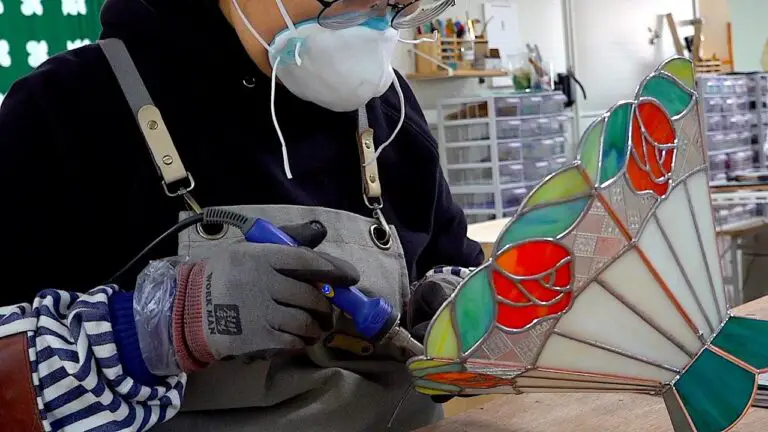In a world dominated by mass production, there is a growing appreciation for the artistry and craftsmanship found in traditional crafting methods. When it comes to lighting, these age-old techniques bring a unique charm and character to home decor. From hand-blown glass to intricate metalwork, each piece tells a story of skill and dedication. Join us as we explore the beauty and craftsmanship of traditional lighting techniques, and discover how they can add a touch of elegance to any space.
What defines traditional lighting style?
Traditional lighting style encompasses fixtures that are often more formal or ornate, featuring intricate details and designs inspired by classic architectural styles. These fixtures can bring a sense of sophistication, warmth, and elegance to any room, adding a touch of richness to the overall ambiance. Despite their traditional roots, these lighting options can still exude a sense of modern luxury and style.
With traditional lighting fixtures, you can elevate the aesthetic of your space and create a timeless look that never goes out of style. Whether it’s a chandelier, sconce, or pendant light, these fixtures can serve as focal points in a room, drawing attention to their intricate craftsmanship and design. Traditional lighting doesn’t have to mean outdated – it can blend seamlessly with contemporary decor to create a harmonious and inviting atmosphere.
Incorporating traditional lighting into your home can transform a space from ordinary to extraordinary, infusing it with a sense of charm and character. By choosing fixtures with classic details and a thoughtful design, you can achieve a sophisticated and polished look that reflects your personal style. Traditional lighting doesn’t just illuminate a room – it enhances the overall aesthetic and creates a warm and inviting atmosphere for you and your guests to enjoy.
What was used for light in the 1800s?
In the 1800s, people relied on a variety of sources for light. In cities and larger towns, gas lighting was commonly used, while candles and oil lamps were also popular. However, in smaller towns, villages, and the countryside, lighting was predominantly provided by candles and oil lamps. This mix of gas lighting and traditional sources of light demonstrates the diversity of lighting methods during this time period.
Gas lighting was a prevalent form of illumination in urban areas during the 1800s, with candles and oil lamps serving as supplementary light sources. In contrast, rural areas and smaller communities primarily relied on candles and oil lamps for lighting. This division in lighting sources illustrates the disparity between urban and rural areas in terms of access to modern lighting technology during the 19th century.
During the 1800s, the use of gas lighting was widespread in cities and larger towns, while candles and oil lamps were commonly used in both urban and rural areas. In smaller towns and villages, as well as in the countryside, lighting remained almost exclusively provided by candles and oil lamps. This reliance on traditional lighting methods highlights the limitations of modern lighting technology in rural and less developed areas during this time period.
What was used for light in the 1600s?
In the 1600s, natural light was let in through small leaded glass windows in wealthier homes. Artificial lighting was provided by beeswax candles, giving a warm and inviting glow to the rooms. Tudor light fittings, such as heavy dark metal chandeliers adorned with Gothic motifs and heraldic shields, added a touch of elegance to the interior. Additionally, metal wall sconces and lanterns were commonly used to illuminate the spaces.
Overall, the lighting choices in the 1600s were a combination of natural and artificial sources, creating a cozy and atmospheric ambiance in homes. The use of leaded glass windows and beeswax candles, along with Tudor light fittings like metal chandeliers and wall sconces, added both functionality and aesthetic appeal to the living spaces of the time.
Illuminating the Past: Exploring Traditional Lighting Techniques
Step back in time and uncover the secrets of traditional lighting techniques, as we delve into the fascinating world of historical illumination. From the warm glow of oil lamps to the flickering dance of candlelight, immerse yourself in the art and science of lighting from centuries past. Join us on a captivating journey through history as we shine a light on the ingenuity and creativity of our ancestors, and discover how their timeless techniques continue to inspire and illuminate the present day.
Timeless Glow: The Beauty of Handcrafted Traditional Lighting
Experience the timeless glow of handcrafted traditional lighting with our exquisite collection. Each piece is carefully designed and meticulously crafted to illuminate your space with a warm and inviting ambiance. From classic chandeliers to elegant wall sconces, our traditional lighting options are a beautiful blend of artistry and functionality, adding an enchanting touch to any room. Embrace the beauty of traditional lighting and bring a touch of elegance to your home with our stunning handcrafted pieces.
In a world dominated by mass-produced goods, the art of traditional crafting methods in lighting stands out as a beacon of authenticity and quality. The intricate detail and expert craftsmanship that goes into each piece not only adds a touch of elegance to any space, but also serves as a reminder of the rich cultural heritage and traditions that have been passed down through generations. By supporting artisans who continue to practice these time-honored techniques, we not only invest in a unique piece of art but also help preserve a valuable piece of our collective history. So next time you’re in need of lighting, consider the beauty and significance of traditional crafting methods – it’s a choice that illuminates more than just a room.



